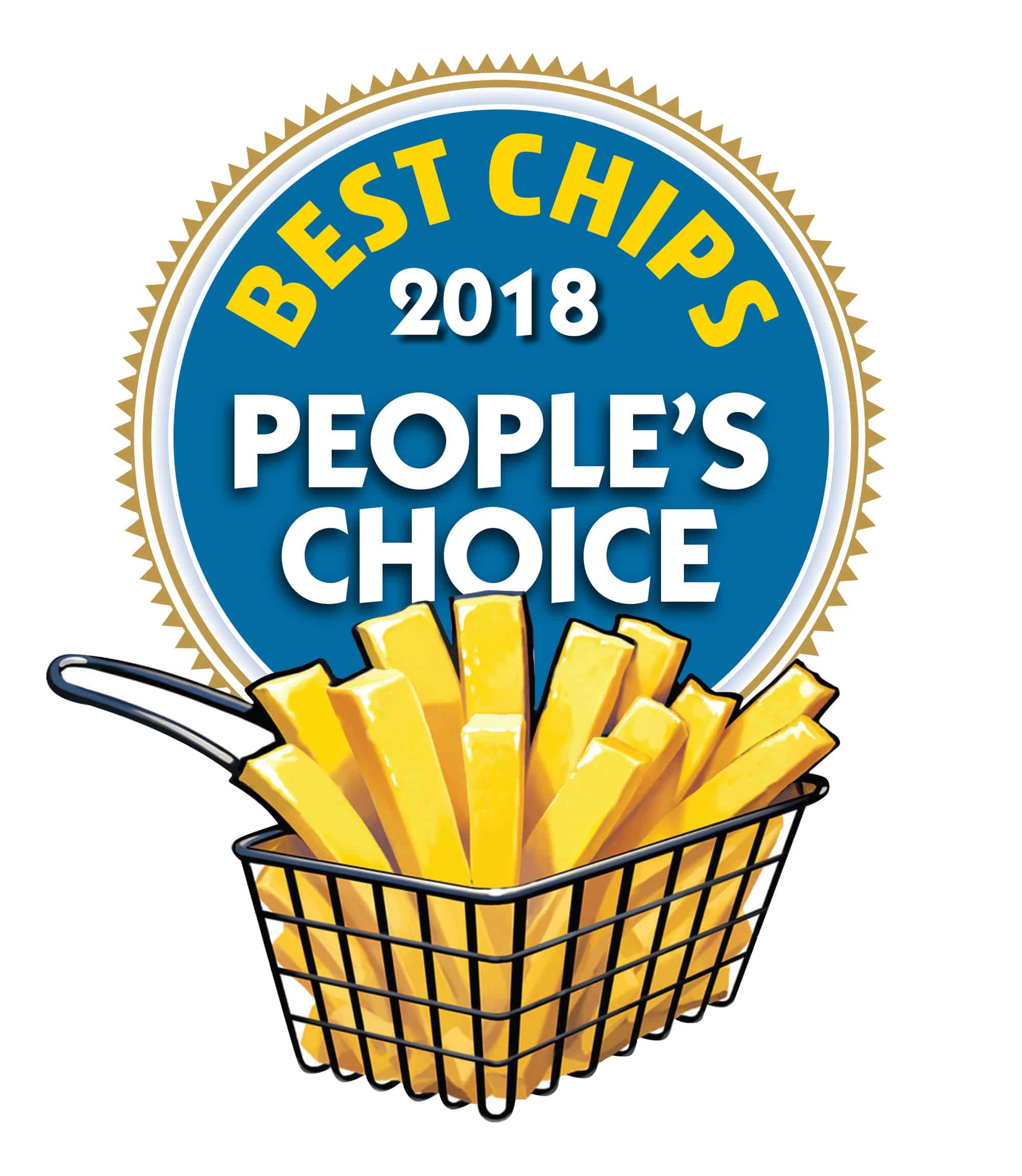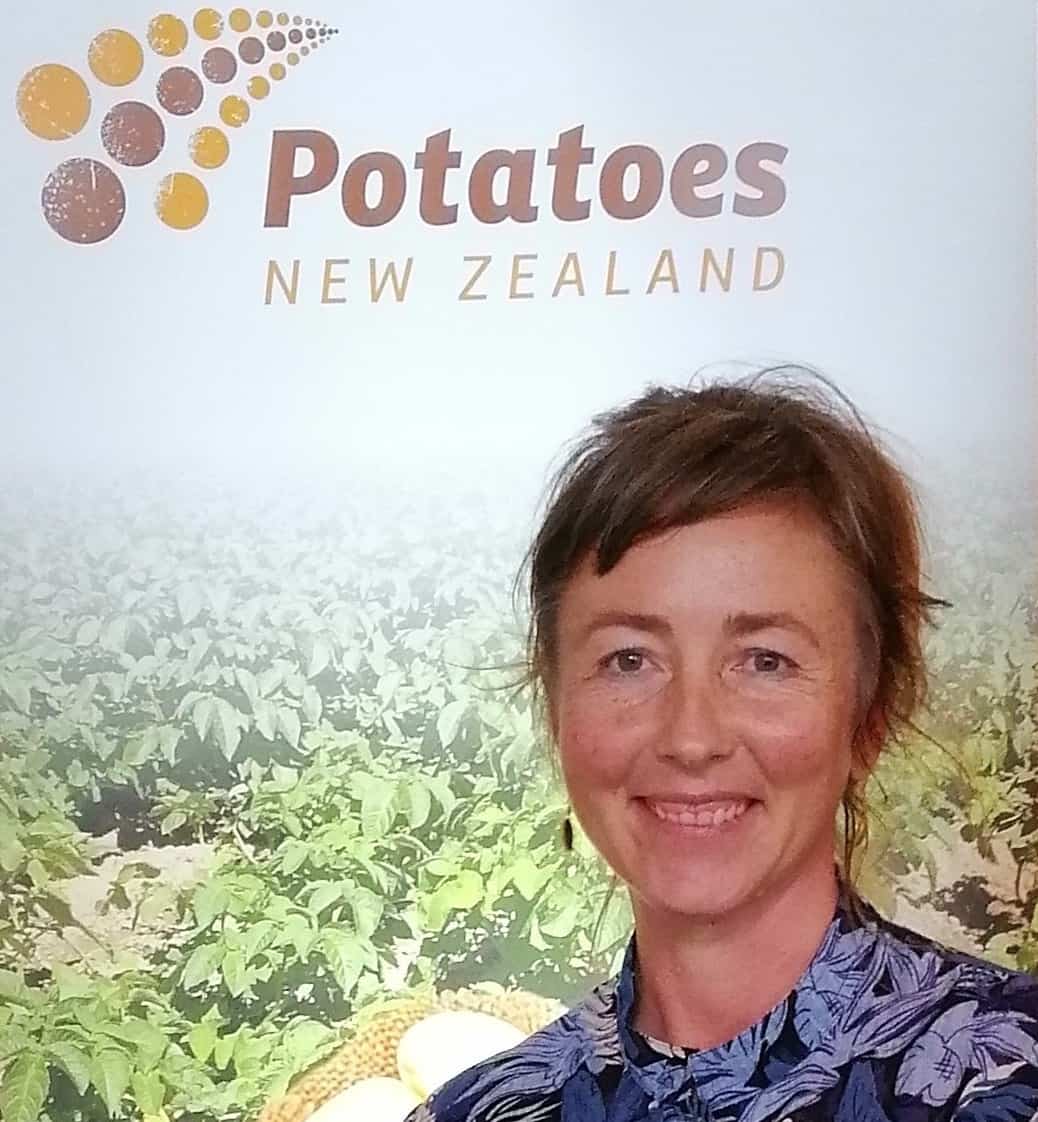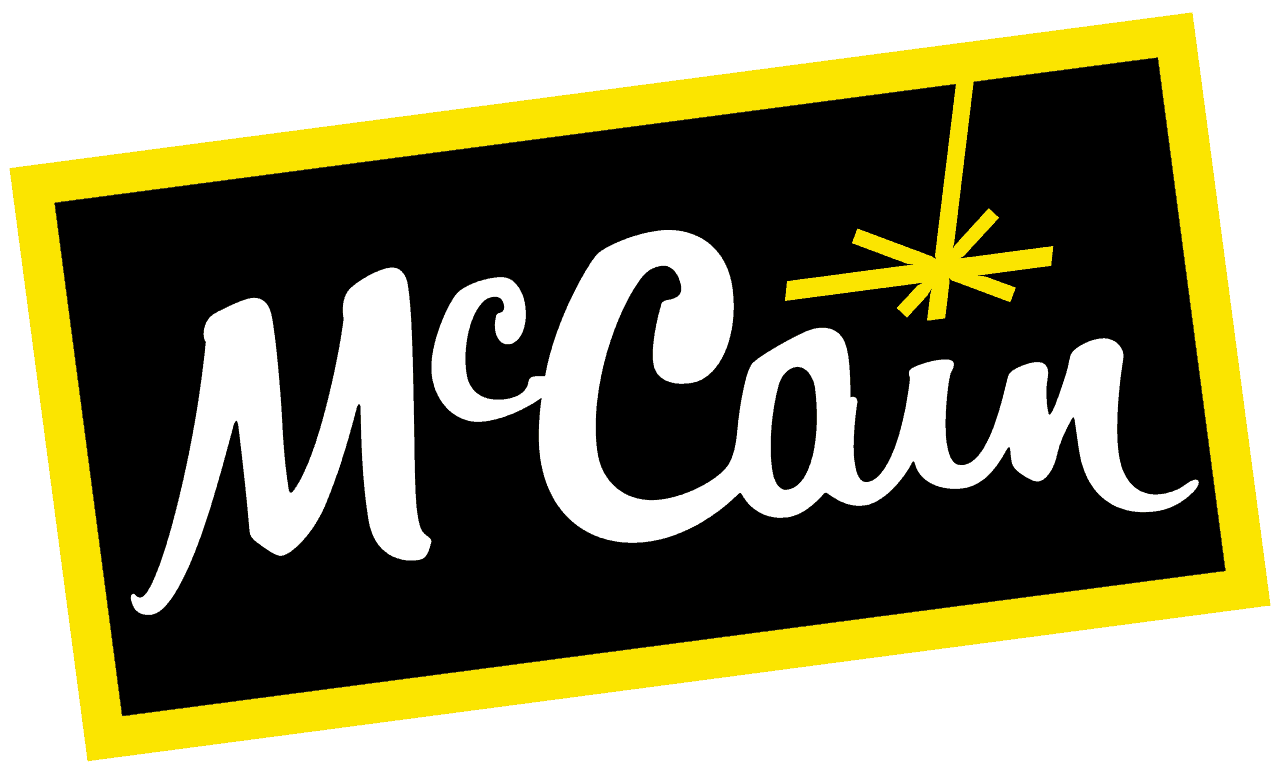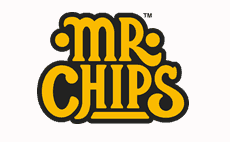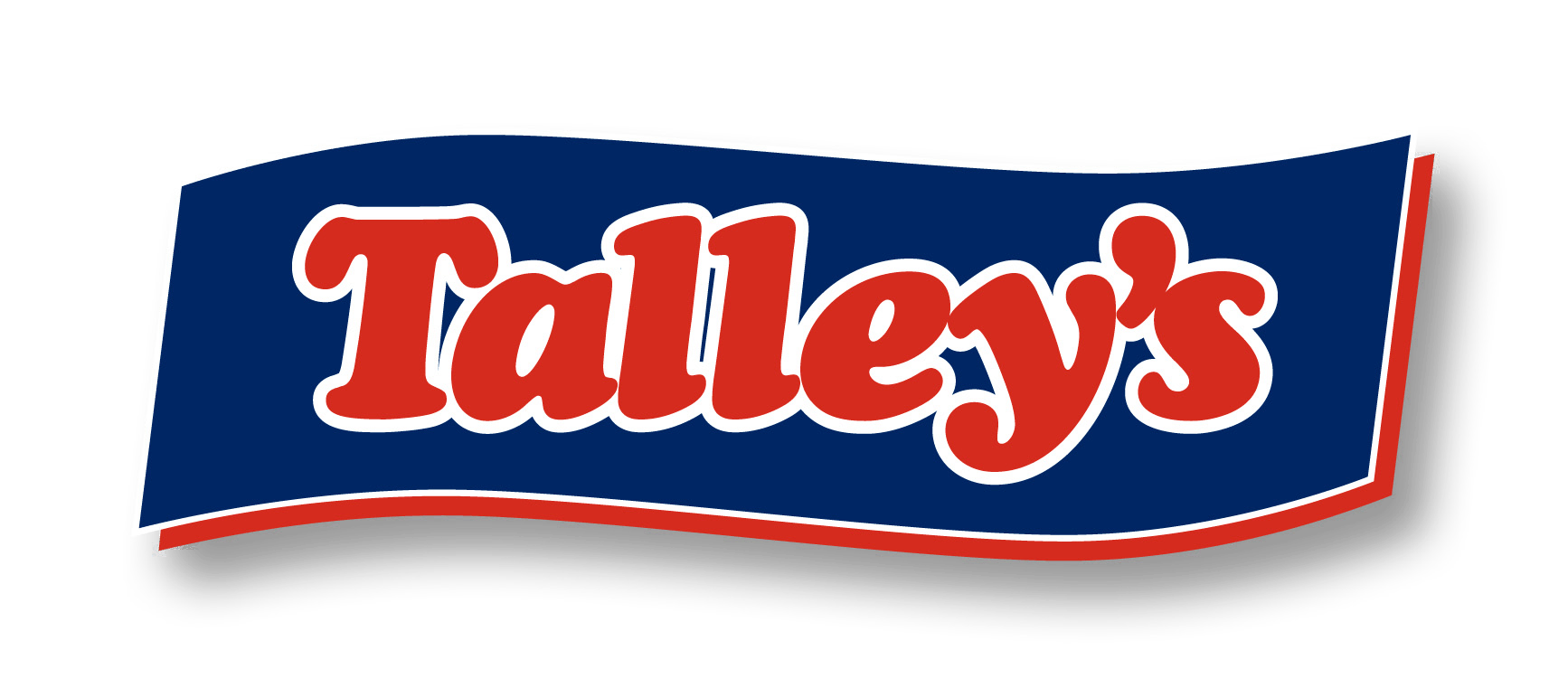Our aim is to make it easier for operators to cook better chips – and that means giving guidance on the type of oil which will produce healthier chips. The following guidelines were developed by The Chip Group back in October 2013. Check out the list of Chip Group approved oils.
Use a frying oil that meets the Industry Standard:
- Saturated fat – maximum 28%
- Trans fat – maximum 1%
- Linolenic acid – maximum 3%.
These may include high oleic sunflower oil, high-oleic low-linolenic canola, rice bran oil, cottonseed oil and some blends of various oils.
So why these levels you may ask?
Total Saturated Fat… The criteria for saturated fat (28%) set by the Chip Group takes into account the current range of oils on the market and the low availability of affordable products on the NZ market that are suitable for the repeated use in foodservice.
Linolenic Acid… The criteria for linolenic acid aims to restrict the development of degradation products that occur in reuse of oils as occurs especially in the foodservice situation. Polyunsaturated fatty acids, especially linolenic acid, greatly decrease the fry oil stability and fry life.
The degradation products (such as those from polyunsaturated fatty acids) result in increased Total Polar Compounds, the level of which is regulated in many other countries (Erickson, 2007). Preliminary research has reported possible negative health impact of degraded polyunsaturated oils. A small number of countries regulate the amount of linolenic acid: France (<3%), Belgium (<2%). A 3% maximum linolenic acid is therefore considered by NZ suppliers to be an acceptable compromise with more stringent levels, which will keep oil prices down.


